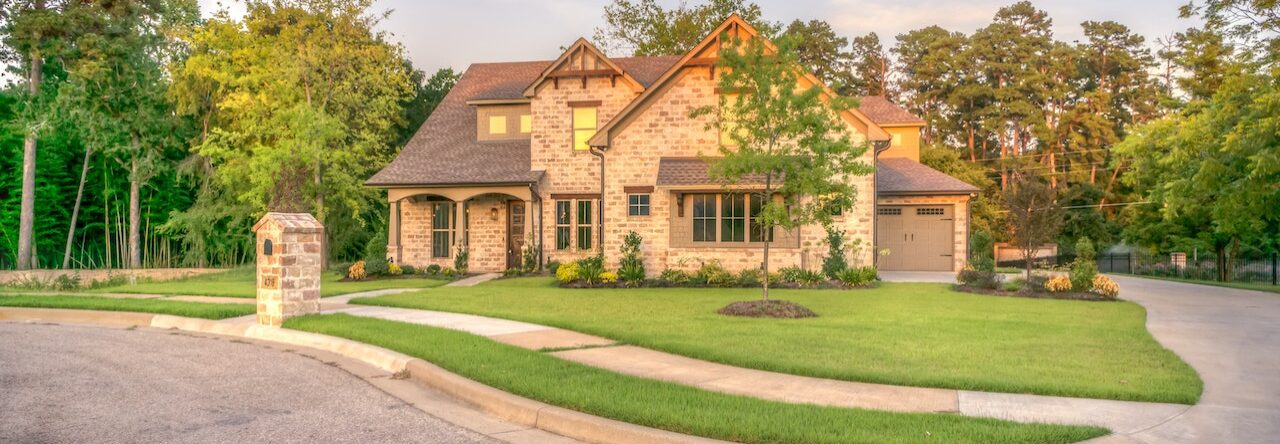Fertilizing your lawn is an essential part of maintaining a healthy and lush lawn. However, many traditional fertilizers contain chemicals that can harm the environment and potentially impact human health. Fortunately, there are several ways to fertilize your lawn without using chemicals. In this article, we will discuss how to fertilize your lawn without chemicals in Marietta, GA.
- Use Compost
Composting is a natural way to fertilize your lawn without using chemicals. Compost is made from organic matter, such as food waste and yard trimmings, which decompose over time to create a nutrient-rich soil amendment. You can create your own compost by collecting food waste and yard trimmings in a compost bin and letting it decompose over time. Once the compost is ready, you can spread it over your lawn to add nutrients and improve soil health. - Use Organic Fertilizers
There are several organic fertilizers available that can help you maintain a healthy lawn without using chemicals. Organic fertilizers are made from natural ingredients, such as bone meal, blood meal, and fish emulsion, which provide essential nutrients to your lawn. You can purchase organic fertilizers from your local garden center or online. Be sure to follow the instructions on the packaging to ensure that you apply the fertilizer correctly. - Use Grass Clippings
Grass clippings are a natural and easy way to fertilize your lawn without using chemicals. When you mow your lawn, leave the grass clippings on the lawn instead of bagging them. The clippings will decompose over time and release nutrients back into the soil. This method is not only effective but also cost-effective since it doesn’t require any additional purchases. - Aerate Your Lawn
Aerating your lawn is another natural way to fertilize your lawn without using chemicals. Aeration involves poking small holes in the soil to allow air, water, and nutrients to reach the roots of your grass. This method can also improve soil structure and reduce compaction, which can improve the health of your lawn. You can rent an aerator or hire a professional to aerate your lawn for you. - Use Coffee Grounds
Coffee grounds are an excellent source of nitrogen, which is an essential nutrient for healthy grass growth. You can use coffee grounds as a natural fertilizer by spreading them evenly over your lawn. Be sure to use coffee grounds in moderation, as too much can be harmful to your lawn. - Use Epsom Salt
Epsom salt is another natural way to fertilize your lawn without using chemicals. Epsom salt is rich in magnesium and sulfate, which are essential nutrients for healthy grass growth. You can apply Epsom salt to your lawn by mixing it with water and spraying it evenly over your lawn. Be sure to follow the instructions on the packaging to ensure that you apply the correct amount. - Use Bone Meal
Bone meal is a natural fertilizer made from ground-up animal bones. Bone meal is rich in phosphorus, which is an essential nutrient for healthy root growth. You can apply bone meal to your lawn by spreading it evenly over your lawn. Be sure to follow the instructions on the packaging to ensure that you apply the correct amount. - Use Fish Emulsion
Fish emulsion is a natural fertilizer made from fish waste. Fish emulsion is rich in nitrogen, which is an essential nutrient for healthy grass growth. You can apply fish emulsion to your lawn by mixing it with water and spraying it evenly over your lawn. Be sure to follow the instructions on the packaging to ensure that you apply the correct amount.
Fertilizing your lawn without using chemicals is not only good for the environment but also good for your lawn’s health. By using natural methods like composting, organic fertilizers, grass clippings, aeration, coffee grounds, Epsom salt, bone meal, and fish emulsion, you can improve soil health and promote healthy grass growth. When choosing a natural fertilizer, be sure to read the instructions carefully and follow them closely to ensure that you apply the correct amount. It’s also important to note that natural fertilizers may take longer to show results compared to traditional chemical fertilizers, so patience is key.

In addition to using natural fertilizers, there are other things you can do to promote a healthy and vibrant lawn. These include:
- Mowing your lawn regularly and at the appropriate height for your grass type. This can help promote healthy root growth and prevent the growth of weeds.
- Watering your lawn deeply and infrequently. This can help encourage deep root growth and reduce water waste.
- Avoiding over-fertilizing your lawn. Too much fertilizer can harm your lawn’s health and damage the environment.
- Removing weeds and other unwanted plants from your lawn. Weeds can compete with your grass for nutrients and water, which can harm your lawn’s health.
- Testing your soil regularly. Soil testing can help you determine the pH level of your soil and identify any nutrient deficiencies that need to be addressed.
- Using natural and healthy products not only benefits your lawn but also benefits the environment and your health. Chemical fertilizers and pesticides can have harmful effects on the environment, including soil degradation, water pollution, and harm to wildlife. Exposure to these chemicals can also pose risks to human health, including respiratory issues, skin irritation, and even cancer. By using natural and healthy products, you can help reduce these risks and create a safer and healthier environment for yourself and your community.
- In addition, natural and healthy products can also promote the health and vitality of your lawn. Chemical fertilizers and pesticides may provide quick results, but they can also damage the soil and harm the beneficial microbes and organisms that are essential for a healthy lawn. Natural products, on the other hand, work with the natural processes of the soil and promote a healthy and thriving ecosystem. This can lead to healthier and more resilient grass that is better equipped to withstand pests, disease, and environmental stressors.
By following these tips and using natural fertilizers, you can maintain a healthy and beautiful lawn without harming the environment or putting your health at risk. With a little bit of effort and patience, you can enjoy a lush and vibrant lawn that enhances the beauty of your home and community.

